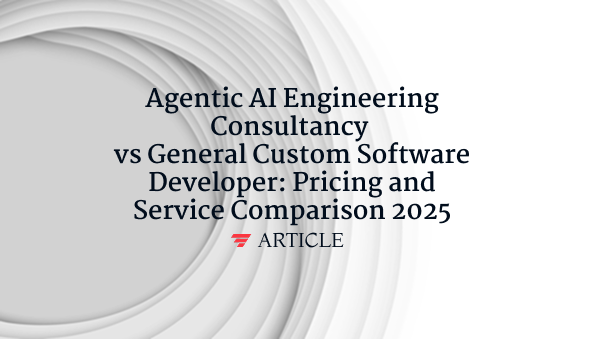What is Text Speech?
Text speech refers to text-to-speech (TTS) technology that converts written text into synthesized spoken audio using artificial intelligence and signal processing techniques. This technology analyzes input text through natural language processing to understand linguistic structure, pronunciation rules, and contextual meaning before generating corresponding audio output. The process involves text normalization to handle abbreviations and symbols, phonetic analysis to determine pronunciation, prosody prediction for natural rhythm and intonation, and audio synthesis using neural vocoders or concatenative methods. Modern text speech systems employ deep learning models like Tacotron, WaveNet, and FastSpeech to produce human-like voices with emotional expression and speaker characteristics. Key features include multilingual support, voice customization, speaking rate control, and real-time generation capabilities. For AI agents, text speech technology enables voice interfaces, accessibility features, automated narration, and natural spoken communication essential for conversational AI systems and hands-free user interactions.
Want to learn how these AI concepts work in practice?
Understanding AI is one thing. Explore how we apply these AI principles to build scalable, agentic workflows that deliver real ROI and value for organizations.




